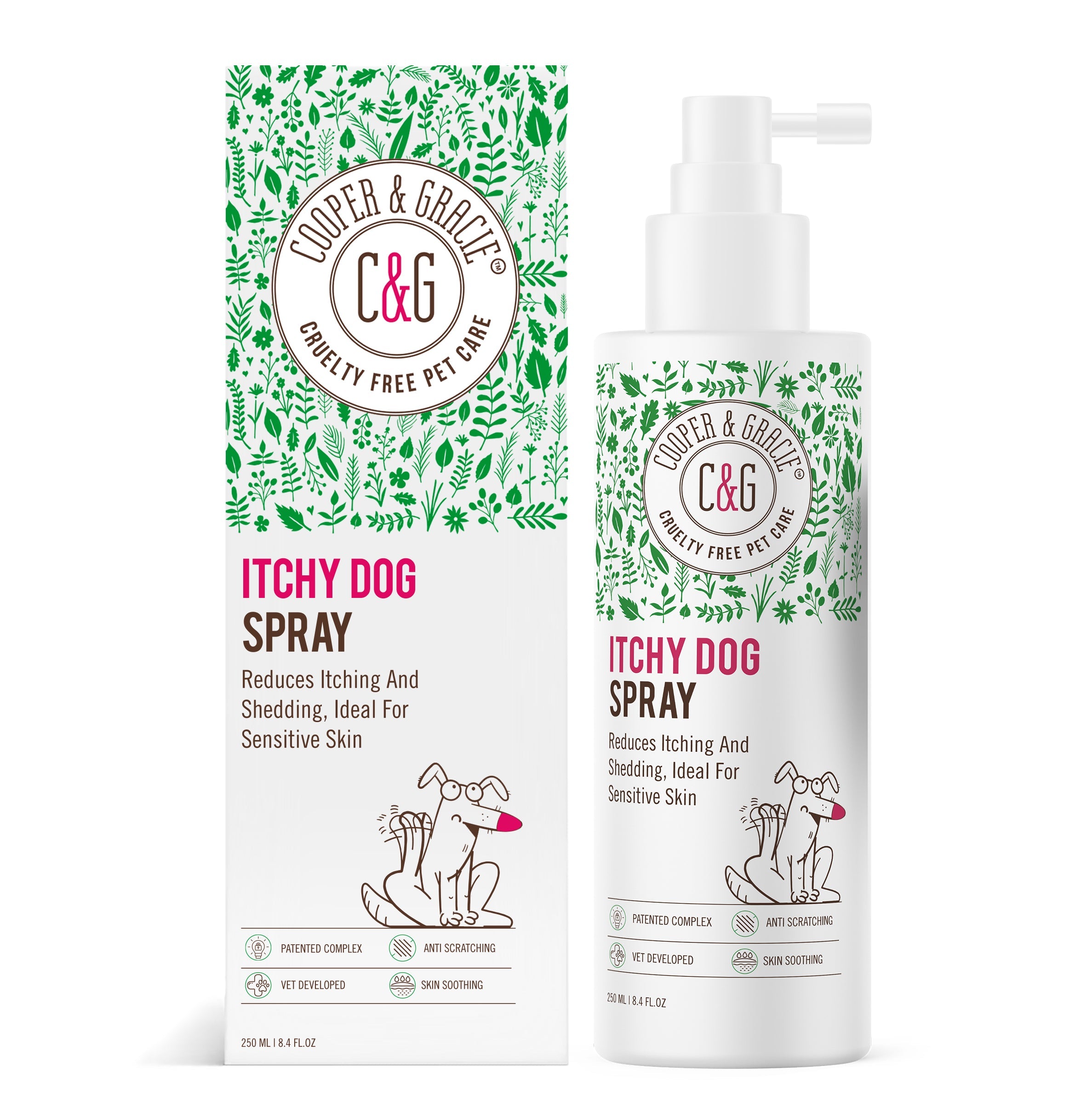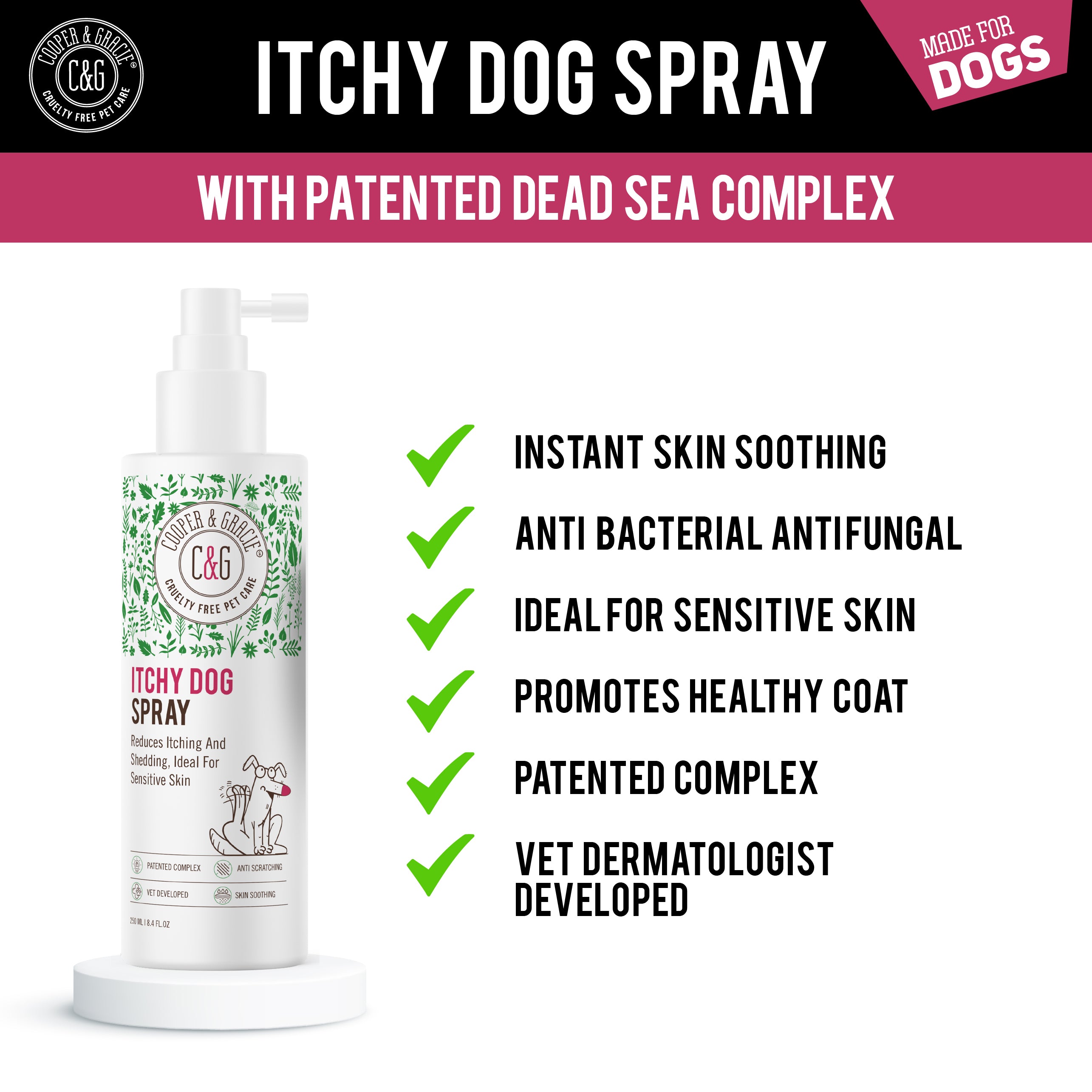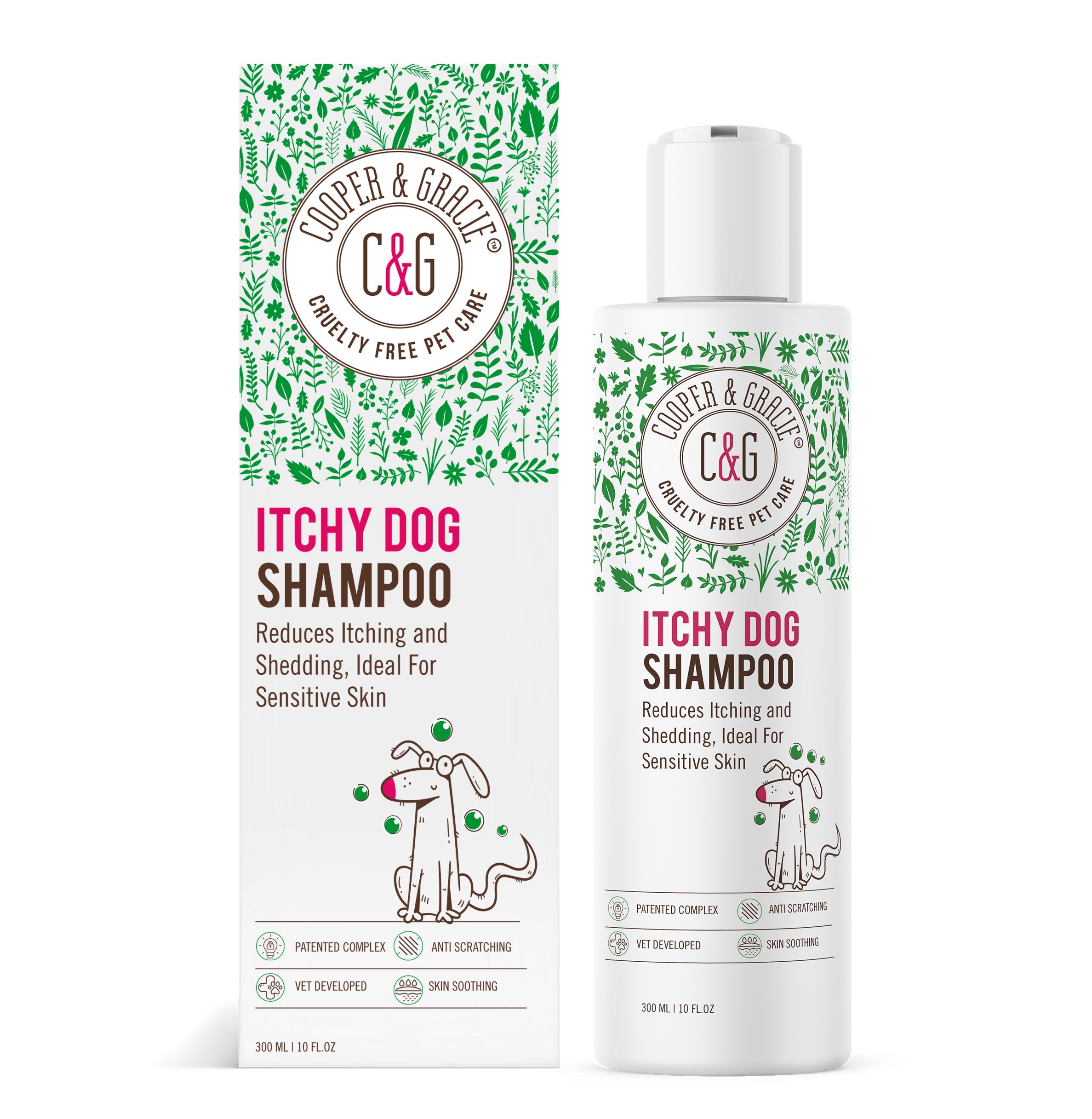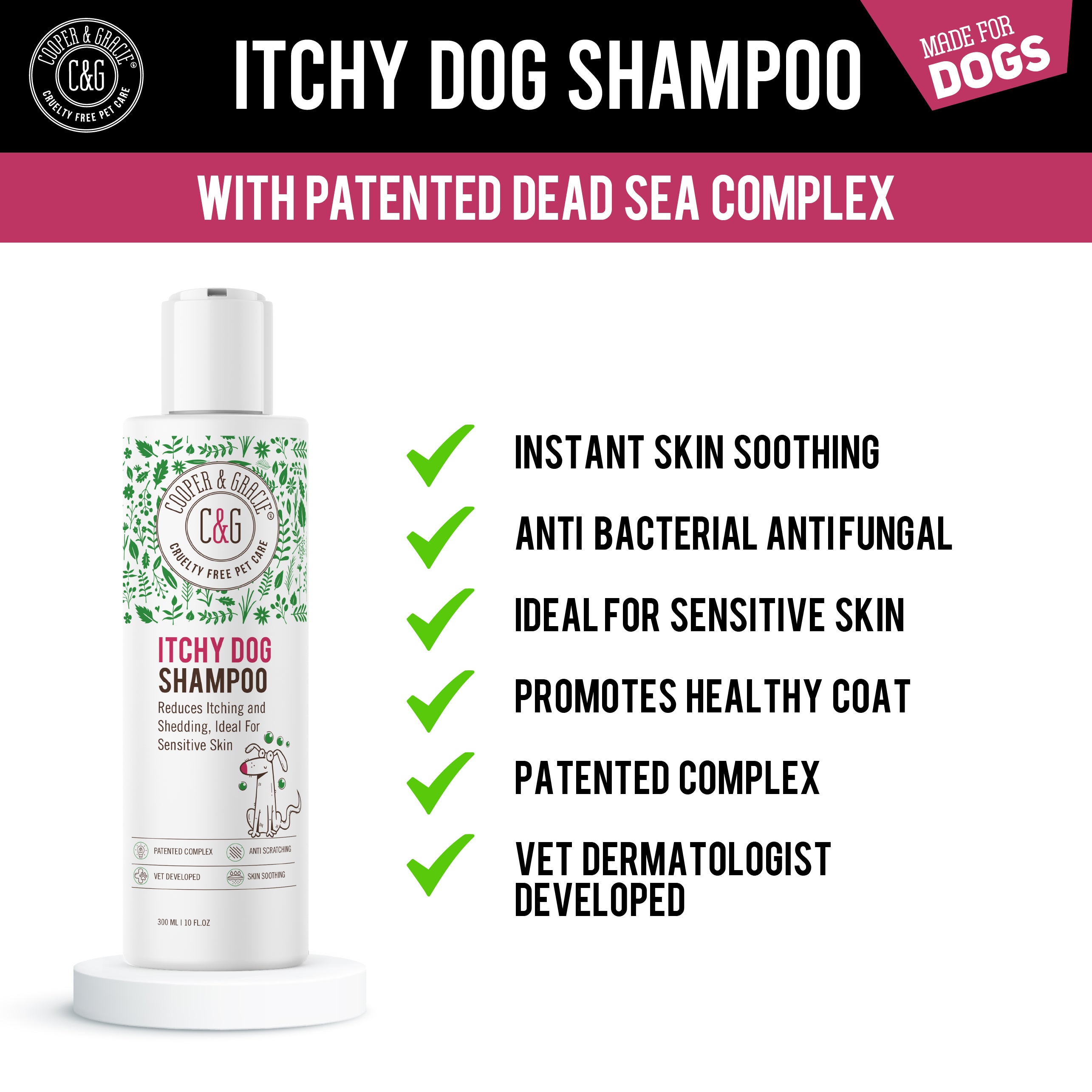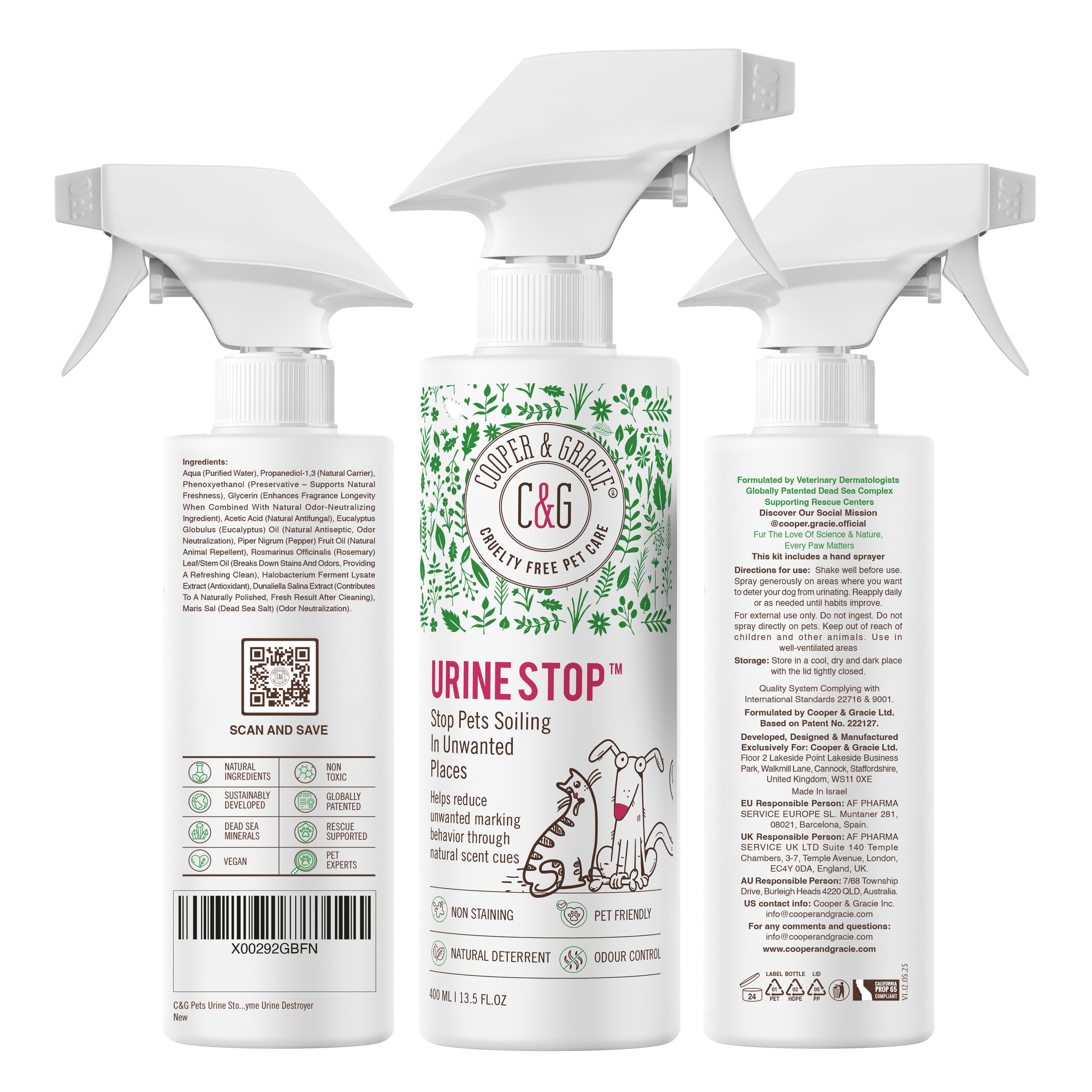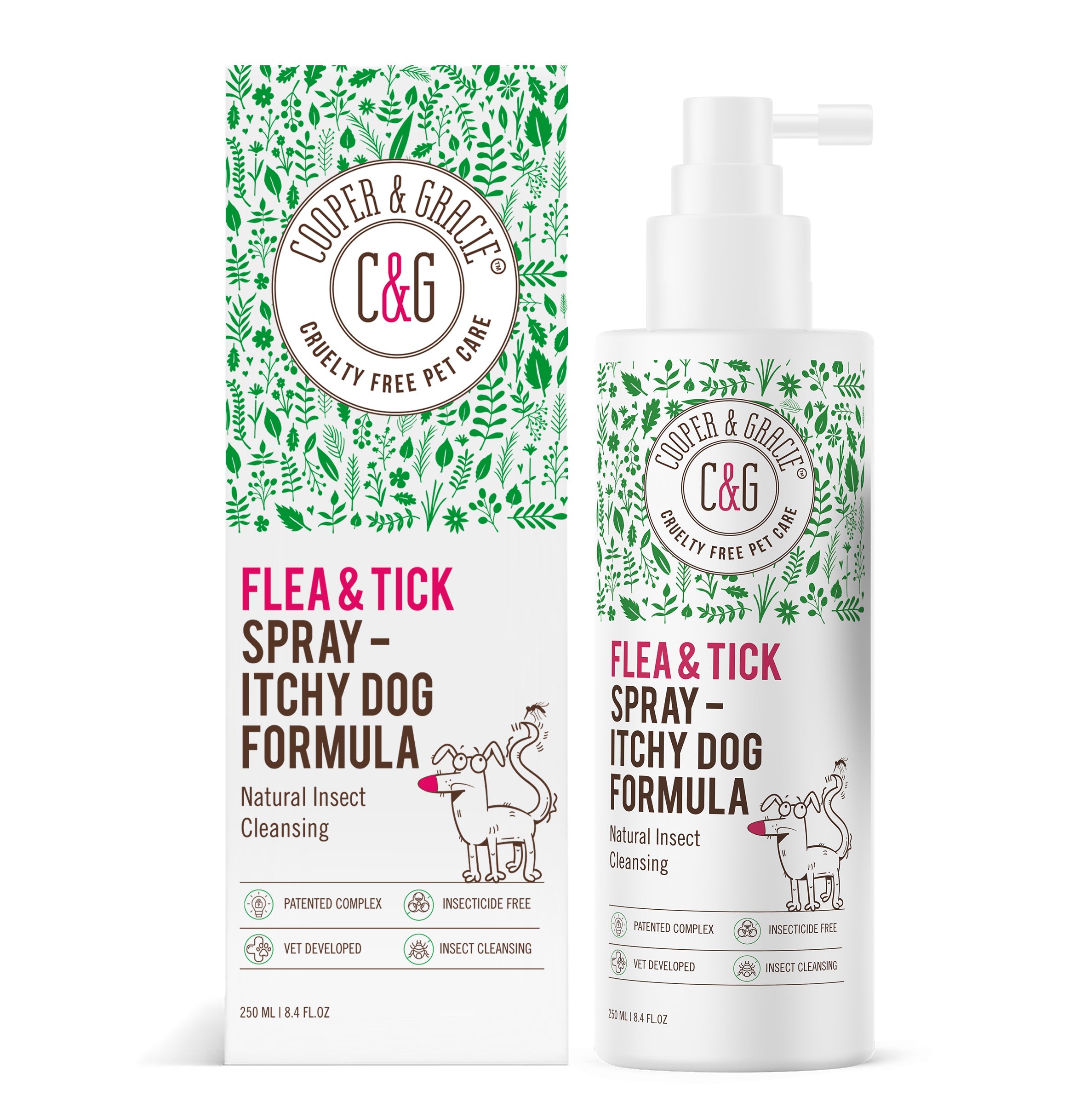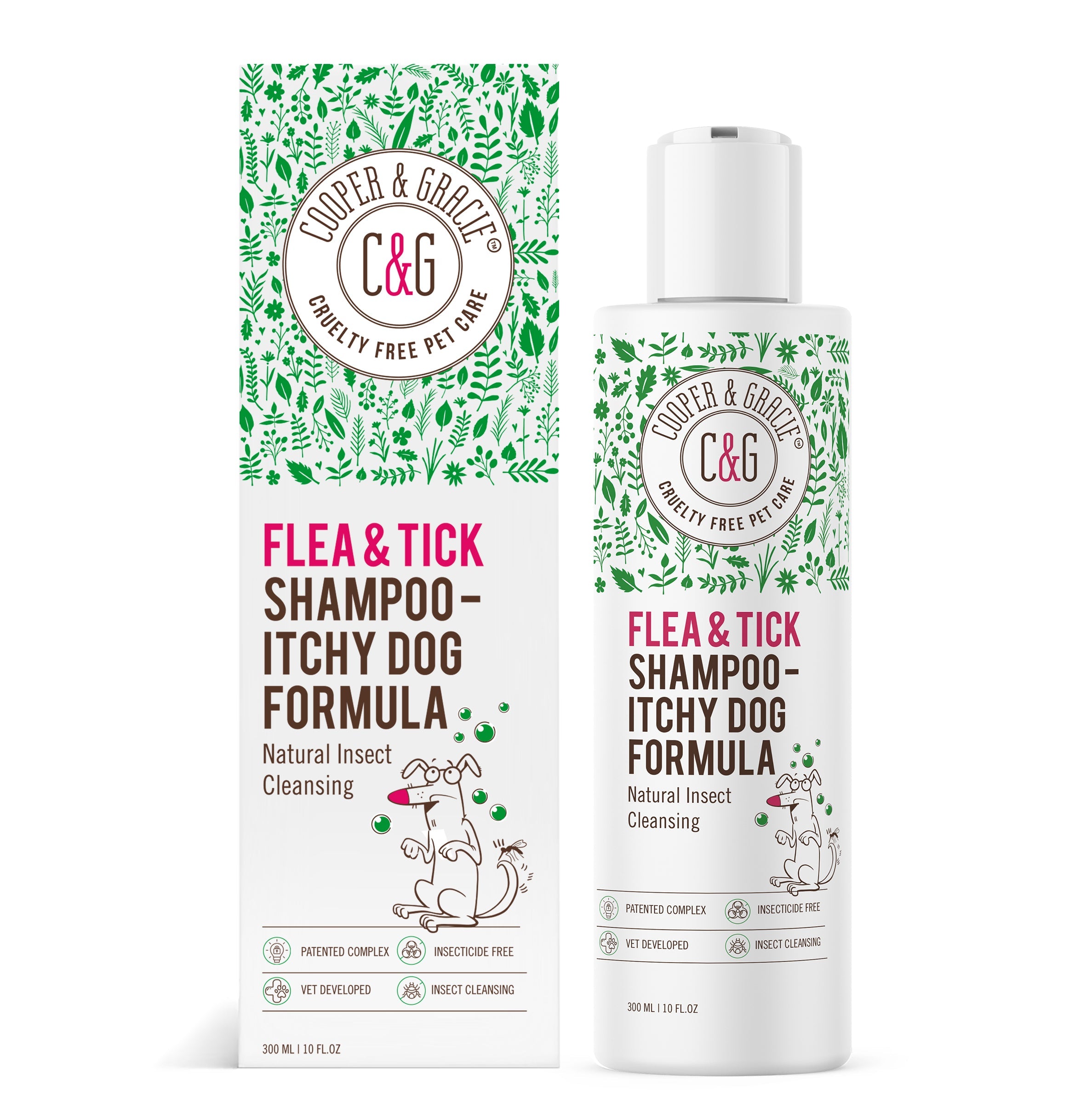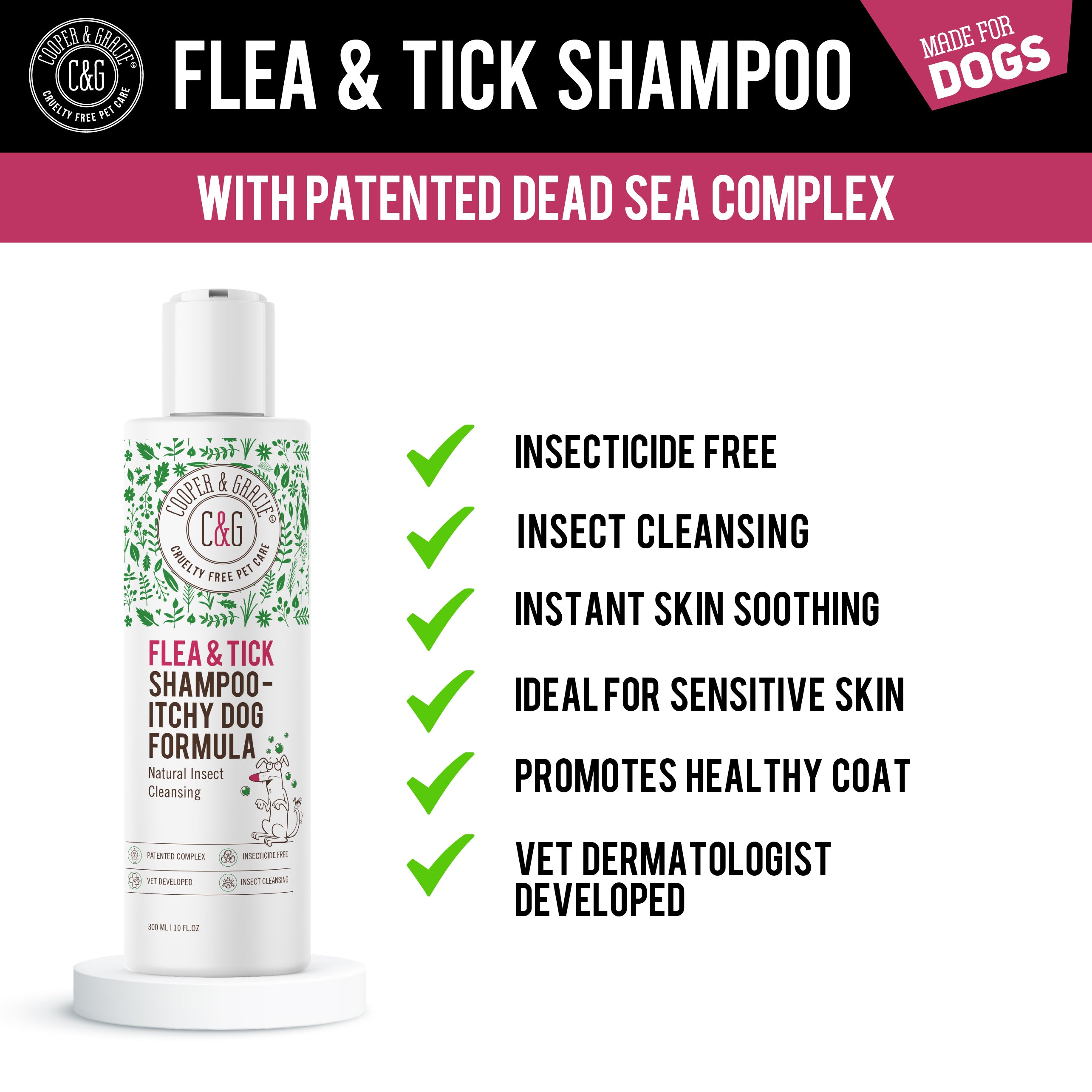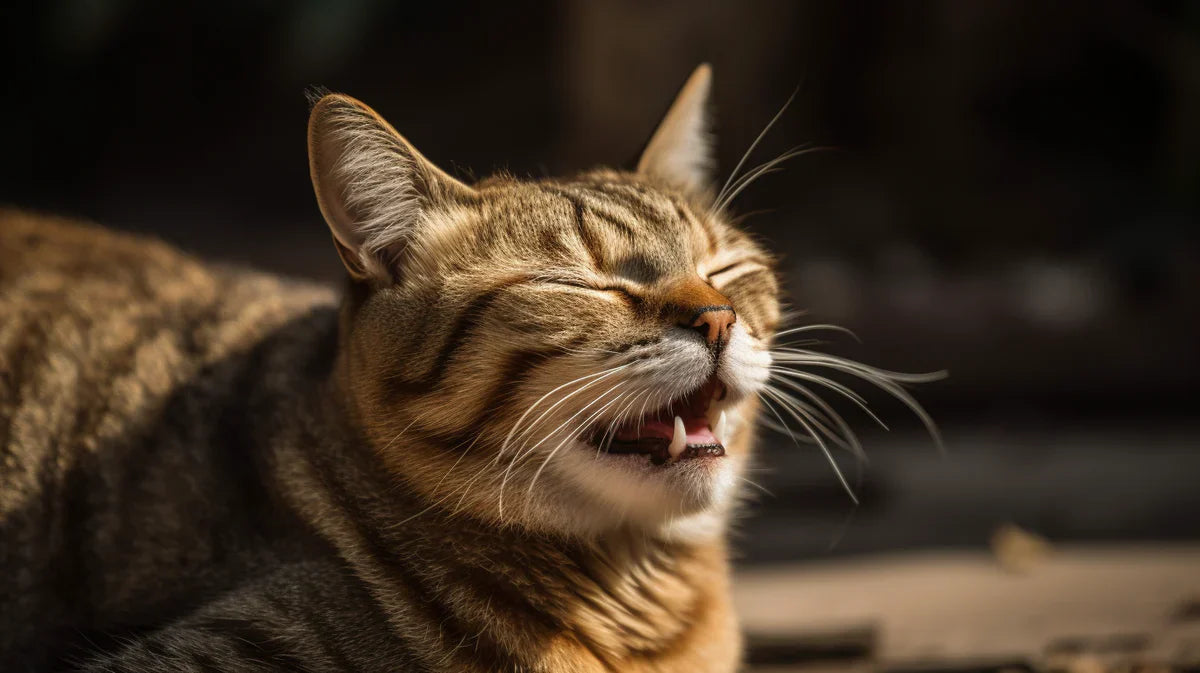How Often Should a Cat Groom Itself? The Ultimate Guide for Cat Owners
Introduction
If you're a cat owner or just a feline aficionado, you've likely asked yourself, "how often should a cat groom itself?" Don't worry; you're not alone. The intricate act of grooming is as crucial for cats as our daily showers are for us. In this comprehensive guide, we'll dive into the specifics of cat grooming, and you'll learn when to be pleased and when to be concerned.
Importance of the Topic
Understanding your cat's grooming habits can be a window into their health and well-being. So sit back, grab a cuppa, and let's explore the purr-spectives on cat grooming.
The Basics of Cat Grooming
Natural Grooming Behaviours in Cats
Cats are natural groomers; it's in their DNA. They start grooming themselves at a young age, mimicking their mothers.
Why Do Cats Groom?
Cats groom primarily for cleanliness but also to regulate temperature and adapt to their environment.
Signs That Your Cat is Grooming Properly
A Smooth Coat
A healthy, well-groomed cat will have a smooth, shiny coat. If you see this, give your cat a pat on the back!
Fresh Breath: A Sigh of Feline Health and Grooming Prowess
Let's talk about cat breath, shall we? If you've ever cuddled with your cat and found their breath surprisingly fresh, consider it a positive sign on the grooming checklist. While it's not exactly minty-fresh as a human's might be after a thorough brushing and a mouthwash rinse, a cat's breath shouldn't be foul-smelling either.
Cats use their tongues for grooming, which means their oral hygiene is closely linked to their overall grooming habits. When a cat is grooming appropriately, it's likely that their oral health is also in good shape. Cats will often clean their faces after meals, helping to remove food particles that could lead to bad breath or dental issues.
Fresh breath can often signify a lack of dental issues such as gingivitis or periodontal disease, which can become serious if left untreated. Bad breath, on the other hand, could indicate not just poor grooming but also potential health issues that require a vet's attention.
So, the next time you're up close and personal with your feline friend, take a moment to notice their breath. If it's on the fresher side, give yourself and your cat a high-five (or perhaps a high-paw is more appropriate?) for good grooming and likely good health.
General Cleanliness
Clean Ears
Clean ears are often a good sign. Dirty ears can lead to infections.
Clean Eyes
Just like clean ears, clear eyes are another tick in the good grooming box.
How Often Do Cats Usually Groom?
Frequency of Grooming Sessions
On average, a cat might groom itself several times a day.
Duration of Each Session
Each session typically lasts about 5 minutes, although this can vary.
Factors Affecting Grooming Frequency
Age: The Generational Gap in Cat Grooming
When it comes to grooming, age is more than just a number for your feline friend. Kittens, although adorable little furballs, haven't yet mastered the art of grooming. They rely on their mothers to clean them during their initial weeks. As they grow older, they start to catch on, but their grooming habits are still in the formative stages.
Middle-aged cats, on the other hand, are the epitome of grooming expertise. They've had years to perfect their techniques and usually display the most meticulous grooming habits. For these cats, grooming is a well-balanced blend of necessity and leisure, making them the role models in the feline grooming community.
Older cats often experience a decline in grooming frequency. Arthritis or other age-related conditions can make the physical act of grooming challenging. In these cases, it's not that they don't want to groom; rather, it's more difficult for them to maintain the same level of cleanliness.
Health: The Well-being Barometer
Your cat's health can be a significant factor in its grooming habits. Cats who are feeling unwell often neglect grooming because they don't have the energy or are in too much pain. If you notice a sudden decrease in grooming, especially if accompanied by other symptoms, it's worth a trip to the vet to rule out any underlying health issues.
Stress is another health-related factor that can affect grooming, but in the opposite direction. Cats under stress may groom excessively as a coping mechanism. Over-grooming due to stress can lead to skin irritations, bald spots, and even infections. Again, drastic changes in grooming habits warrant a veterinary consultation to diagnose potential issues accurately.
By paying attention to how your cat's grooming habits change with age and health, you're not just obsessing over your pet; you're playing an active role in their well-being. So keep an eye out, and you'll be better equipped to provide the care your feline companion deserves.
Environment: Climate's Role in Shaping Cat Grooming Habits
While you might think that grooming is solely a cat's personal endeavour, the environment they live in plays a crucial role too. Specifically, changes in climate can have a direct impact on how often a cat feels the need to groom itself.
In warmer climates or during the hot summer months, you may notice your cat grooming more frequently. Why? Well, cats don't sweat through their skin like humans do; they sweat through their paws. Grooming helps them to cool down by spreading saliva across their fur, which then evaporates, functioning like a natural air conditioner. So, in hot weather, don't be surprised if your cat seems to be in perpetual "spa mode."
Conversely, in colder environments or winter months, you might observe a slight decrease in grooming frequency. Cats have a natural winter coat that provides insulation. Excessive grooming could remove essential oils from their fur, compromising this natural insulation layer. Hence, instinctively, they may groom less to maintain that protective barrier.
Indoor environments with heating or air conditioning can also affect grooming behaviour. For instance, air conditioning can sometimes dry out a cat's skin, prompting them to groom more to redistribute their skin's natural oils.
So, if you're wondering whether your cat's grooming habits are normal, consider the climate and environmental factors as well. These can offer valuable clues and can help you determine whether your cat's grooming frequency is weather-related or something that needs a closer look.
When Over-Grooming Becomes a Problem
Signs of Over-Grooming
Look for bald spots and red skin as signs of over-grooming.
Causes of Over-Grooming
Stress, parasites, and skin conditions could all be culprits here.
Discover more on over-grooming here: How to Stop Your Cat from Over-Grooming
When Under-Grooming is a Concern
Signs of Under-Grooming
Matting and a dull coat are signs your cat is not grooming enough.
Causes of Under-Grooming
Illness and old age are common reasons for reduced grooming.
What Can You Do to Help?
Regular Vet Check-ups
A vet can rule out medical issues affecting your cat's grooming.
Appropriate Cat Care Products
Invest in quality grooming tools and consider a cat-friendly shampoo.
The Role of Diet in Grooming
Nutritional Requirements
Believe it or not, what your cat eats can have a significant impact on their grooming habits and overall appearance. Omega-3 fatty acids, found in fish oils and flaxseeds, are one such nutritional component that can aid in a healthy, glossy coat. A diet rich in these essential nutrients can help maintain skin elasticity and reduce dryness, thereby encouraging healthy grooming practices.
Besides Omega-3, other essential nutrients like protein, vitamins, and minerals contribute to robust skin and fur health. When your cat is well-nourished, it's more likely to engage in regular, healthy grooming behaviours. If you notice that your cat's coat looks lacklustre despite regular grooming, it might be time to assess their diet. Consider consulting a vet for dietary recommendations tailored to your feline friend's specific needs.
Myths and Misconceptions About Cat Grooming: Separating Fact from Fiction
Ah, the age-old belief that cats despise water! While it's true that not every cat will jump at the chance for a swim, it's misleading to say that all cats hate water. Some breeds, like the Turkish Van, are known for their love of swimming! The key is to understand your cat's preferences and act accordingly.
Another common myth is that cats groom themselves solely for cleanliness. While hygiene is a significant aspect, cats also groom to mark territory, regulate body temperature, and even as a form of stress relief. Knowing the facts can help you better understand your cat's grooming behaviour and can guide you when intervention is necessary.
Summary and Takeaways: The Balanced Approach to Cat Grooming
So, what's the moral of the story? Being aware of your cat's grooming habits is crucial, but there's no need to become overly anxious about it. Cats, by nature, are excellent groomers. However, it's worth paying attention to changes related to age, health, environment, nutrition, and even the myths that circulate about feline grooming.
If you notice any sudden or drastic changes in your cat's grooming routine, it's a good idea to consult a vet. Otherwise, let your cat enjoy its natural grooming rituals. After all, it's part and parcel of what makes them the fascinating creatures they are.
Conclusion
Knowing how often a cat should groom itself is crucial for maintaining a healthy feline friend. So pay close attention but also know when to intervene.
Frequently Asked Questions
-
How much time does a cat spend grooming?
- On average, a cat spends 15-50% of its waking hours grooming.
- Is it normal for cats to groom each other?
-
What are signs of excessive grooming?
- Bald patches and red or inflamed skin.
-
Do indoor cats groom more than outdoor cats?
- There's no definitive answer, as it depends on individual cats and their environments.
-
Can I use human shampoo on my cat?
- No, always use cat-specific shampoos to maintain their skin's natural pH balance.
Give Your Feline Friend the Ultimate Pampering Experience with Cooper and Gracie
Don't leave your cat's grooming habits to chance. Whether you're facing concerns over under-grooming or dealing with an over-grooming situation, Cooper and Gracie have you covered. As pioneers in ethical pet care products, our range is specially formulated for your furry companion's unique needs. From organic, hypoallergenic cat shampoos to feline-friendly health supplements, every product is designed with love and care. So why settle for less when your cat deserves the best? Click here to browse Cooper and Gracie’s extensive line-up of top-notch grooming solutions and elevate your cat's grooming game today!
Related Posts
How to Stop Your Cat from Over-Grooming
